After more than a decade of switching between Android and iOS smartphones, Kyle Erickson shares his insights on how these two leading mobile operating systems stack up in 2025. The landscape has evolved significantly, and the differences that once defined each platform are shifting, sometimes blurring, and sometimes becoming more pronounced. Whether you’re trying to decide which ecosystem to join or simply curious about what each platform offers today, this comprehensive breakdown covers everything from biometrics and app performance to AI features and ecosystem integration.
In this article, we’ll dive deep into the key aspects that affect your daily smartphone experience on Android and iOS in 2025. We’ll explore hardware distinctions, software development challenges, customization options, notifications, AI capabilities, multitasking, keyboard functionalities, and the overall ecosystem experience. By the end, you’ll have a clear understanding of where each platform excels and what might matter most based on your personal usage.
The Evolution of Android and iOS
Kyle Erickson opens by reflecting on his decade-long journey toggling between Android and iOS devices. Initially, Android attracted him with its vast variety of devices and customization options, while iOS offered a more reliable and polished user experience. However, he questions whether that distinction still holds true in 2025, given the rapid advancements and feature additions on both platforms.
Both operating systems have undergone substantial changes, with new AI features and yearly updates reshaping how users interact with their devices. Despite a significant overlap in functionality, there remain fundamental differences that influence user experience. Kyle aims to dissect these differences and evaluate how much they truly matter in everyday use.
Biometrics: Unlocking Your Phone Securely and Conveniently
One of the first major differences between Android and iOS lies in biometric security features, particularly fingerprint readers and facial recognition technologies.
Android phones commonly feature in-display fingerprint readers, a feature notably absent from new iOS devices (excluding iPads). This allows users to unlock their phone without needing to raise it or position their face in front of the camera—convenient if your phone is lying flat on a desk.
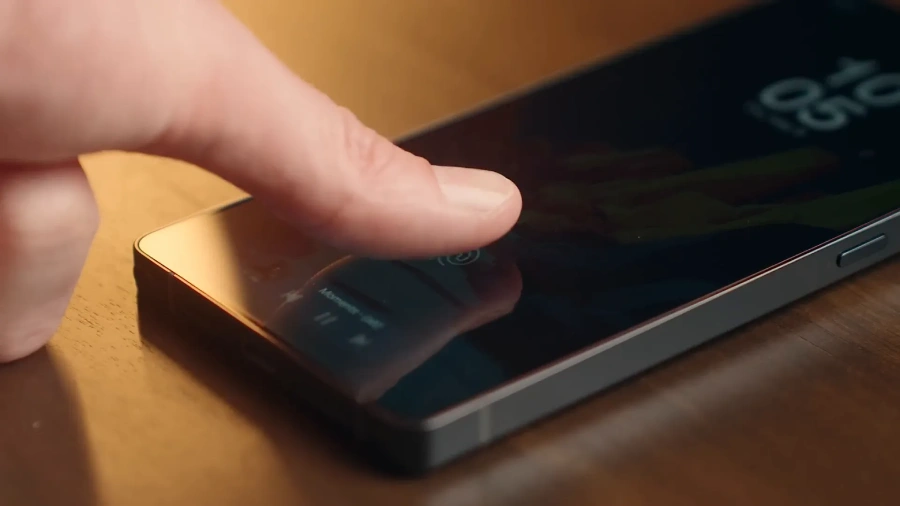
On the other hand, iPhones rely on Face ID, which Kyle considers the gold standard in facial recognition. Unlike most Android phones that use just a front-facing camera, Face ID combines infrared sensors, a dot projector, and Apple’s Neural Engine to create an accurate 3D map of your face. This enables Face ID to work reliably in various lighting conditions, with glasses, or even hats, and it is highly secure—trusted by banking and payment apps worldwide.
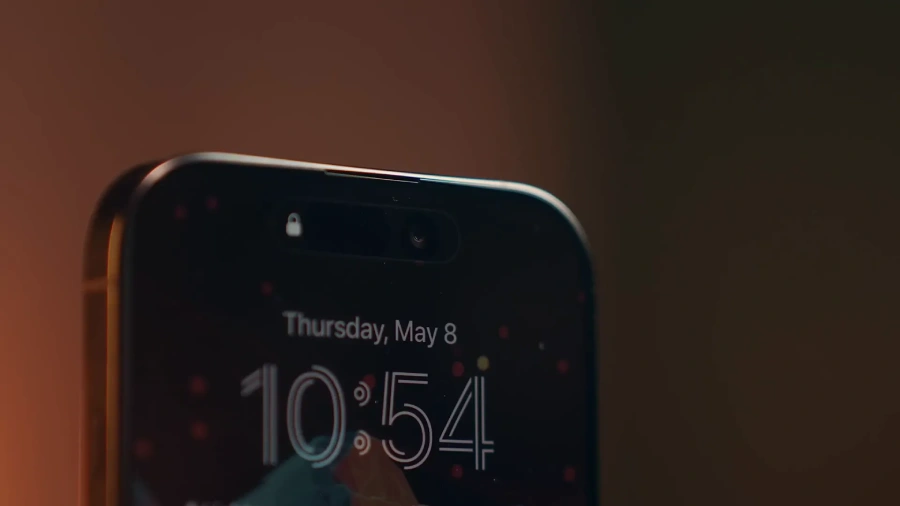
While Android offers face unlock, it generally lacks the depth and security Apple’s Face ID provides. Consequently, many Android users still rely on fingerprint biometrics for sensitive apps. iOS also integrates biometrics more deeply into its system, allowing you to lock apps or create hidden folders accessible only with Face ID or a PIN code.
Android has similar features but they tend to be manufacturer-specific and less consistent. For example, Samsung offers Secure Folder, OnePlus has App Lock, and Pixel users often need third-party apps to replicate these functionalities. This fragmentation means iOS delivers a smoother, more integrated experience in this regard.
App Compatibility and Performance: The Developer’s Perspective
App performance and compatibility are crucial to user experience, and they are strongly influenced by the underlying hardware and software ecosystems.
From a developer’s standpoint, iOS offers a more unified environment. Thanks to a high adoption rate of new iOS versions across devices, developers can utilize the latest APIs without worrying about supporting many legacy versions. This contrasts with Android, where the ecosystem is fragmented across thousands of device models and multiple Android versions, forcing developers to maintain backward compatibility and often rely on older APIs.

This fragmentation on Android can result in buggy or unstable apps, especially when apps interact deeply with hardware components. Kyle shares a personal experience where drone control software on Android was unreliable enough to push him to switch to iPhone full-time.
While the situation has improved significantly over recent years, and most major apps now run smoothly on both platforms, smaller developers and niche apps still often prioritize iOS first due to fewer compatibility issues. As a result, users may find a generally more stable and polished app experience on iOS.
Sponsored Highlight: NordVPN – Security Across Platforms
Amid his discussion, Kyle highlights NordVPN as a versatile tool that works well on iOS, Android, PC, and Mac, and is especially useful for developers and frequent travelers.
NordVPN provides secure connections through servers in over 118 countries, protecting users from vulnerabilities like man-in-the-middle attacks on public Wi-Fi networks. Its Threat Protection Pro blocks phishing websites and detects fake shopping sites, while a dark web monitor scans for leaked personal data and alerts users if their information is compromised.
For anyone concerned about privacy and security on any platform, NordVPN offers a comprehensive solution that goes beyond a basic VPN. Kyle offers an exclusive deal with a two-year plan plus four months free and a 30-day money-back guarantee, making it a risk-free option to consider.

Customization: Closing the Gap Between Android and iOS
Customization has long been a strong suit of Android, and while it still leads in flexibility, iOS has made significant strides to close the gap.
On the lock screen and home screen, iOS now allows users to freely move icons, add widgets, and customize icon appearances with dark or tinted modes, including options to show or hide text labels. Android offers similar capabilities, with even more granular control such as adjusting icon sizes and grid layouts—features not yet available on iOS.

However, Android’s tinting of icons is less consistent, often resulting in a mix of tinted and stock icons. iOS also makes it easier to organize and display widgets on the lock screen compared to Android, though this can vary depending on the Android device manufacturer.
iOS further extends customization with the ability to stack widgets and to hide or show specific home screen pages based on focus modes. For example, you can configure a focus mode to display only certain screens at particular times—a feature Android lacks natively, though third-party launchers can provide similar functionality.
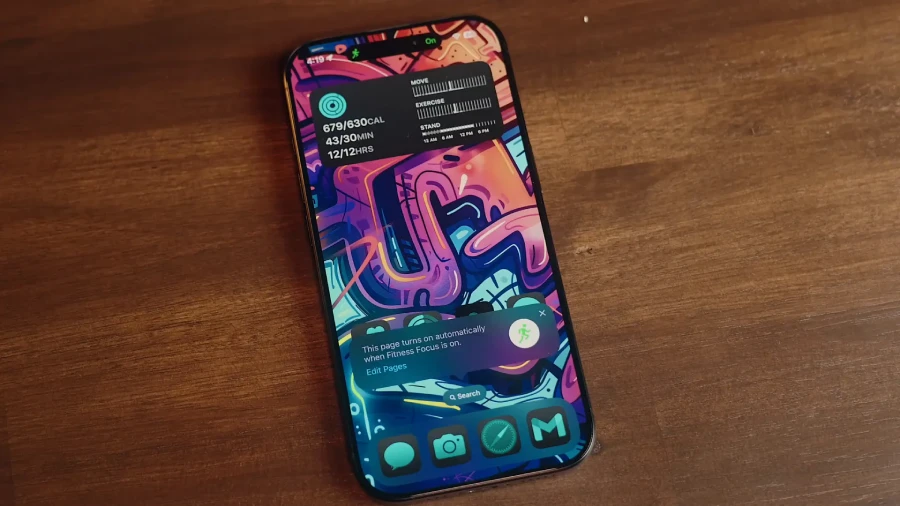
Despite these nuances, Kyle notes that customization options, while valuable, are not necessarily deal-breakers for most users. The more impactful features tend to be those you interact with regularly.
Notifications: Android’s Edge in Control and Functionality
When it comes to notifications, Android offers a more organized and customizable experience than iOS.
Android supports multiple notification channels per app, allowing users to set different sounds, vibrations, and visibility preferences for each type of notification. iOS, by contrast, lacks this granular control and does not offer per-channel settings.
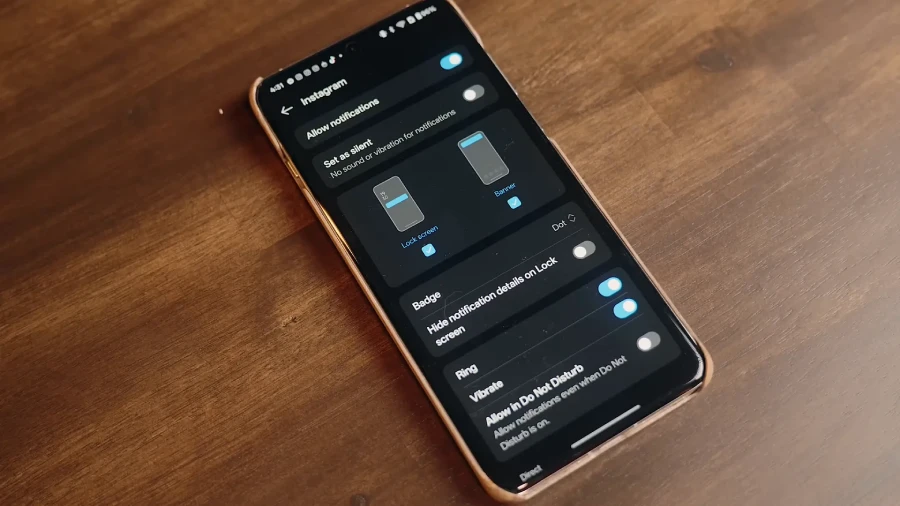
Another advantage of Android is the notification history feature, which lets you review notifications dismissed within the last 24 hours. On iOS, once a notification is dismissed, it’s gone with no native way to retrieve it.
Android also supports more actionable notifications, enabling users to reply or perform other tasks directly from the notification shade. iOS has started to improve in this area with features like priority notifications and notification summaries introduced in iOS 18, but these are still limited and often less accurate or useful.
Kyle humorously compares Apple’s AI-driven notification summaries to the infamous early days of Apple Maps—implying that the feature has major room for improvement.
AI Features and Voice Assistants: The Divide Widens
Artificial intelligence integration is becoming a defining factor in the smartphone experience, and here, Android currently pulls ahead.
Apple promised contextual awareness for Siri in iOS 18, but this has yet to materialize, leaving Siri struggling with complex queries. Siri often defaults to web searches or requires intermediary steps like asking permission to use ChatGPT to provide answers, which disrupts the interaction flow.
In contrast, many new Android phones come equipped with Gemini, an on-device AI assistant that offers a much smoother and more capable experience. Gemini can handle complex requests seamlessly and features a “live” mode where users can converse with the assistant through voice and even share their screen or camera feed for context—a functionality not available on iOS.
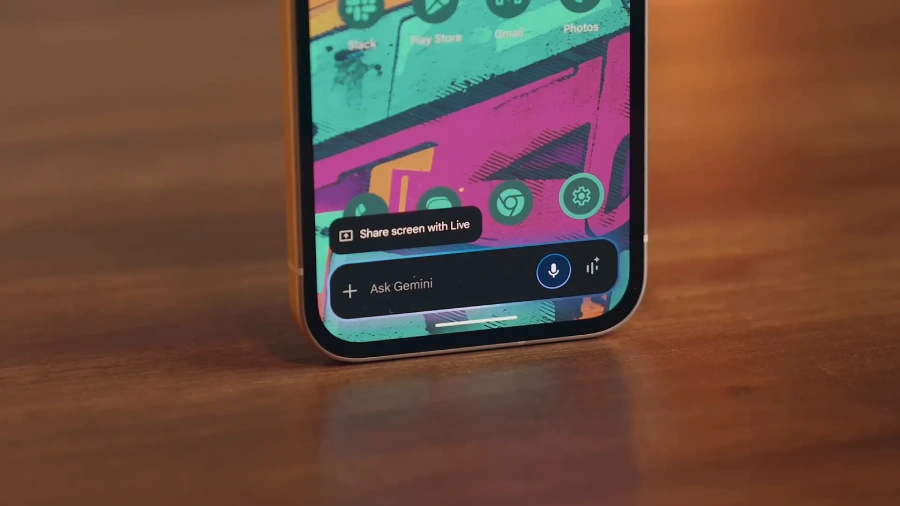
On iOS, the closest comparable feature is Visual Intelligence, which lets users hold down the camera button to get information about objects in photos. However, this is mainly limited to web searches and is currently restricted to the US region.
Android also supports “circle search,” allowing users to circle parts of the screen to get additional information—a feature absent on iOS.
Camera and AI Photo Features: Android Leads in Innovation
Camera quality and AI-driven photo editing tools are often a battleground for smartphone makers.
Android manufacturers like Samsung and Google provide a rich set of AI tools in their Photos apps, including magic erasers for removing unwanted elements, unblur and sharpening tools, and generative AI features that can add or replace objects in images or even alter faces.
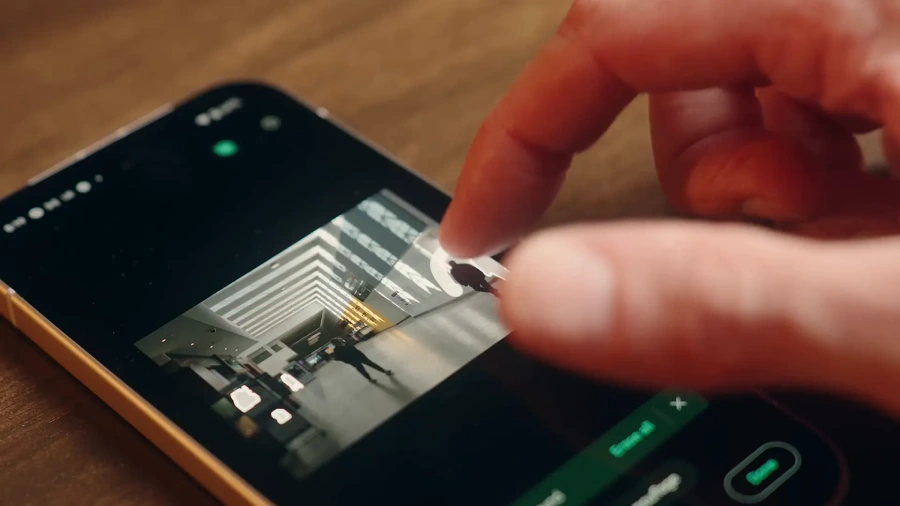
Google’s “Add Me” and “Best Take” features allow creative edits that go beyond what iOS currently offers. Meanwhile, iOS’s primary AI enhancement is the cleanup tool, which, while useful, doesn’t match the sophistication or effectiveness found on many Android devices, particularly flagship models like the Samsung S25 Ultra.
In video recording, iPhones still dominate, especially with features like Cinematic Mode that produce smoother lens transitions and higher-quality effects compared to Android phones, which often struggle with janky lens changes.
Overall, while iPhone remains the best choice for video quality, Android is clearly ahead when it comes to AI-powered photo enhancements.
Multitasking and Productivity: Android’s Flexibility Shines
Android offers native split-screen multitasking, enabling users to run two apps side-by-side. This feature is absent on iOS, though perhaps underutilized by many users, it can be invaluable for productivity tasks.

Keyboard and Clipboard Features: Small Details Matter
Typing experiences on both platforms are similar, whether using standard taps or swipe input. However, Android keyboards often include a number row by default, which iOS lacks, making number entry slightly more convenient on Android.
Android also allows voice typing without the keyboard appearing and supports dismissing the keyboard with ease—capabilities less straightforward on iOS.
iOS introduces Genmoji, a fun feature to create personalized emojis, though Kyle admits he rarely uses it.
A notable Android advantage is its built-in clipboard manager, which keeps a history of copied text and images, including screenshots. This allows users to paste multiple items easily. However, copying and pasting images can feel clunky on Android.
In contrast, iOS allows users to copy virtually any image by holding down on it within any app and paste it across apps or even across devices like Macs, providing a seamless experience highly valued by Kyle.

The Ecosystem: Apple’s Tight Integration Wins Hands Down
For users deeply embedded in the Apple ecosystem, the integration between iPhones, iPads, Macs, and other Apple products is unmatched.
Kyle, who primarily uses a Mac, highlights features such as:
- Universal clipboard for copying and pasting text and images between devices
- iMessage for seamless messaging across devices
- Phone mirroring on Mac
- AirDrop for quick file transfers
- Document scanning with the phone camera
- Using the phone camera as a webcam
While Android offers some ecosystem features, particularly with Windows integration or manufacturer-specific solutions, none match Apple’s breadth and polish. Third-party tools like Blip attempt to mimic AirDrop functionality for Android users, but the experience is not as fluid or universal.
Other Considerations: Updates, Resale Value, and Final Thoughts
iOS devices generally receive software updates more consistently and simultaneously across all supported models. Android updates depend on manufacturers releasing their versions of new Android releases, leading to delays and inconsistencies.
Additionally, iPhones tend to retain their resale value better than most Android devices, an important factor for those who upgrade regularly or want to maximize their investment.
Kyle concludes that while there are many nuanced differences, the choice between Android and iOS in 2025 largely depends on what features matter most to you. He encourages readers to share their own experiences, favorite tools, and tips to further enrich the conversation.
Frequently Asked Questions (FAQs)
Which platform has better biometric security in 2025?
iOS uses Face ID, a secure and accurate facial recognition system that works in different lighting and supports sensitive apps like banking. Android has in-display fingerprint readers and basic face unlock, but these are usually less secure and less reliable.
Are apps more stable on iOS or Android?
Apps are usually more stable on iOS because it has a unified hardware and software system, faster updates, and fewer device types. Android’s variety of devices can cause compatibility problems, especially for smaller or niche apps.
Can I customize my iPhone’s home screen as much as on Android?
iOS has improved a lot and now lets you move icons freely, add widgets, and stack them. Android still offers more detailed control, like adjusting icon and grid sizes, but the difference is much smaller now.
Which platform offers better AI and voice assistant features?
Android leads with the Gemini AI assistant, offering live chats, screen sharing, and context understanding. Siri on iOS is less advanced and misses promised context features.
Is multitasking better on Android or iOS?
Android supports native split-screen multitasking, allowing users to run two apps simultaneously. iOS does not offer this feature natively, which may limit productivity for some users.
How does the ecosystem integration compare between Android and iOS?
Apple’s ecosystem is more connected, with smooth features like universal clipboard, iMessage syncing, AirDrop, and device mirroring. Android offers some integration with Windows and brand-specific tools but doesn’t have a unified, polished ecosystem.
Do iPhones retain value better than Android phones?
Yes, iPhones usually keep their value better than most Android phones, making them a smarter choice for people who upgrade often.
Conclusion
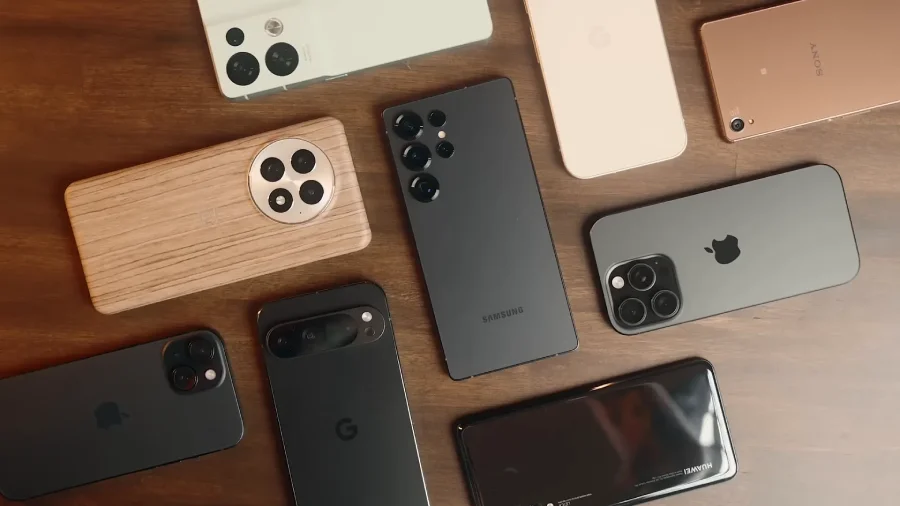
The Android vs iOS debate in 2025 reveals a landscape where both platforms have evolved substantially, borrowing features and closing gaps in areas that once clearly favored one over the other. While Android excels in customization, notifications, AI features, and multitasking, iOS leads in biometric security, app stability, ecosystem integration, and video capabilities.
Choosing between Android and iOS ultimately depends on your priorities: if you value a tightly integrated ecosystem, smooth app experiences, and superior video recording, iOS is the way to go. If you prefer flexibility, advanced AI tools, and more control over notifications and multitasking, Android might be more suitable.
Kyle Erickson’s long-term experience with both platforms provides a balanced perspective, encouraging users to weigh these factors carefully and choose what aligns best with their lifestyle and needs.
For those interested in security while navigating either ecosystem, Kyle’s recommendation of NordVPN offers a robust solution to protect your data and privacy across devices.
Whether you’re team Apple or team Android, understanding the strengths and limitations of each platform in 2025 empowers you to make informed choices and get the most out of your smartphone experience.
